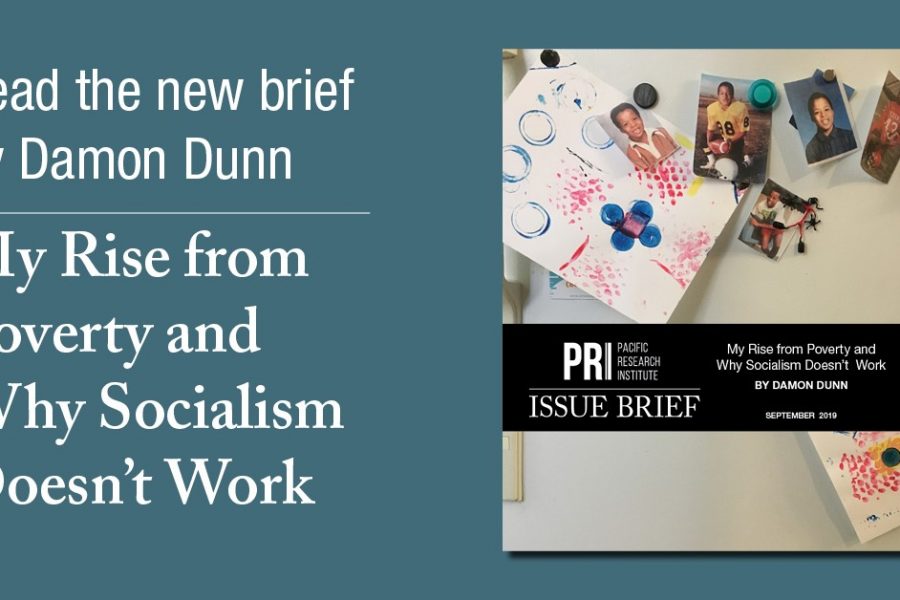There have decades of bipartisan rhetoric about the virtues of home ownership, with politicians competing with one another to see who can propose the worst ideas for responsible homeownership.
Some policies, like preferential tax treatment and credit-enhancements offered through the Federal Housing Administration (FHA) are distortionary but benign in their effects. Other policies, including the recent lending practices of government-sponsored enterprises (GSEs) Fannie Mae and Freddie Mac, were disastrous for the homeowners and communities they purported to help and for the U.S. economy.
That said, this column is not written to be yet another recap of the Great Recession and the role that poor housing policies and regulations played in it (however important it is not to forget their role). Instead, my focus will be less on how we got here but where we are today with stable and affordable housing in this country and, in future columns, where to go from here. Let’s start with some essential facts.
Homeownership in the United States has fallen to levels not seen since the 1960’s. This fall is the result of multiple factors, including increased lending standards after the Great Recession (generally a positive change), and other less positive developments like a near-doubling of home values since 2010, high student debt levels, and low inventory in many markets. The challenge for policymakers wishing to expand access to the stability and wealth-generating benefits provided by homeownership is how to achieve this laudable goal without wasting taxpayer money or returning to the loose lending standards of the 2000’s subprime lending boom.
There is no doubt that large-scale home ownership is under threat in our country. The decline in homeownership has been particularly steep for young and minority households, which suggests that declining homeownership has equity implications as well. On our current trajectory, researchers at the University of Pennsylvania predict that homeownership could fall as low as 50%, a dramatic reversal of the gains made in the 20th century with significant negative effects on wealth creation.
We must also confront the fact that for most renters this is not a choice, but a decision made of necessity. More than 80% of renters (and nearly 95% of young renters) express a desire to own one day, but there are many obstacles standing in their way.
These obstacles include modest growth in real wages for workers over the last three decades, with many families working to rebuild their savings and credit histories after the Great Recession. The average renter has only $5,400 in assets, far less than is needed for a down payment even in our nation’s cheapest markets, which also are largely not where our new jobs are being created.
Another significant barrier for many aspiring homeowners in the demand for higher and higher credit scores regardless of down payment, employment history, or the reason for past credit issues. Currently, the FICO score needed for a conventional mortgage hovers above 750, with FHA loan requirements around 680. This puts homeownership out of reach for a large majority of young households, who are also the ones that most want to buy a home one day.
Data from the Urban Institute suggest that less than one third of renters under the age of 45 have credit scores above 680, the minimum threshold for a typical FHA loan. However, nearly 10 million young renters are within 60 points of meeting this threshold, suggesting creditworthiness in the right circumstances.
These issues are compounded for minority households, which tend to have both lower incomes and credit scores. But this is far from a “minority” issue; it is a pressing American issue, with nearly two thirds of newly formed households between now and 2024 being headed by minorities.
Without exaggeration, the success of the American housing market over the coming decades will depend almost entirely on our ability to move tens of millions of new homeowners successfully and responsibly into the market, a move most renters want to make if given the chance. There are multiple, cost-effective policy tools at our disposal, including ones that depend largely on private investment rather than at taxpayer expense.
As with all things in life, however, the first step on the road to recovery is admitting you have a problem. It is high time that America’s leaders recognize that our housing market is inequitable, unsustainable, and at risk of becoming dysfunctional in the coming decades if nothing is done to fix it.
Damon Dunn is a fellow in business and economics at the Pacific Research Institute.


